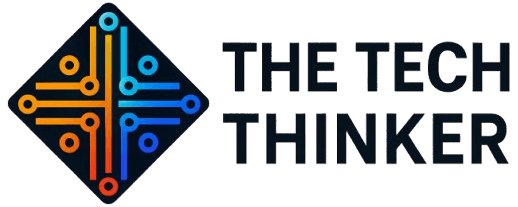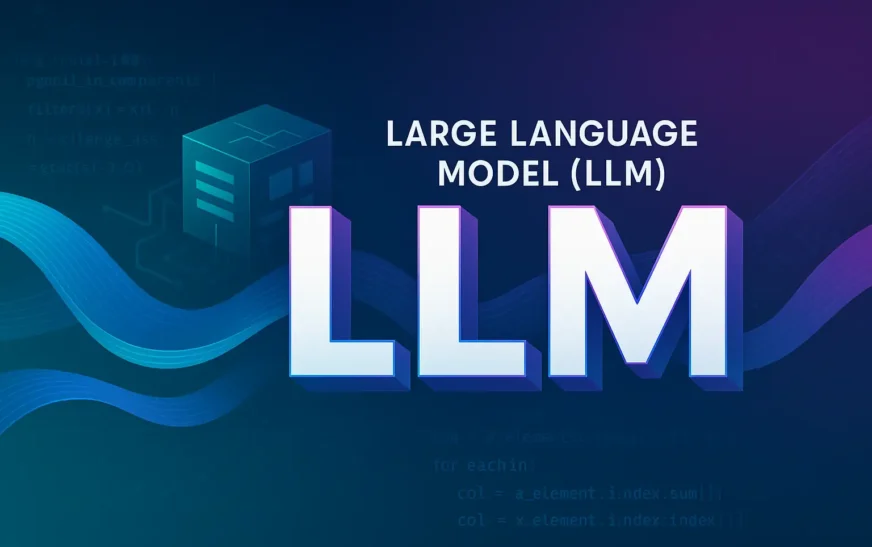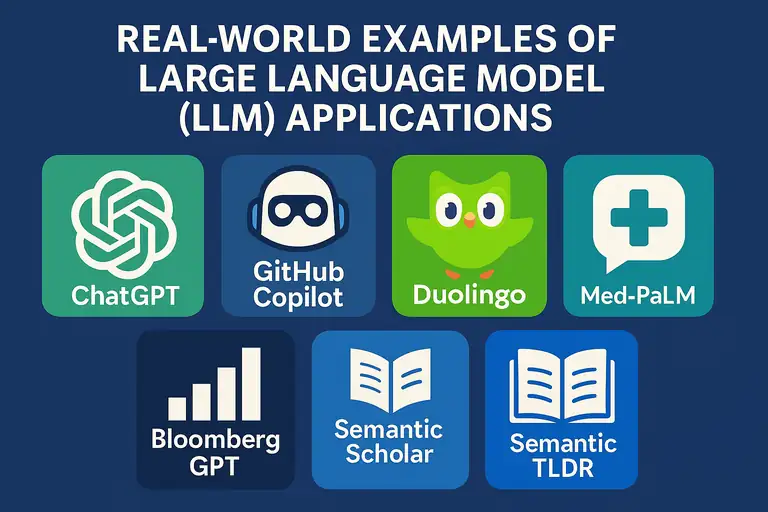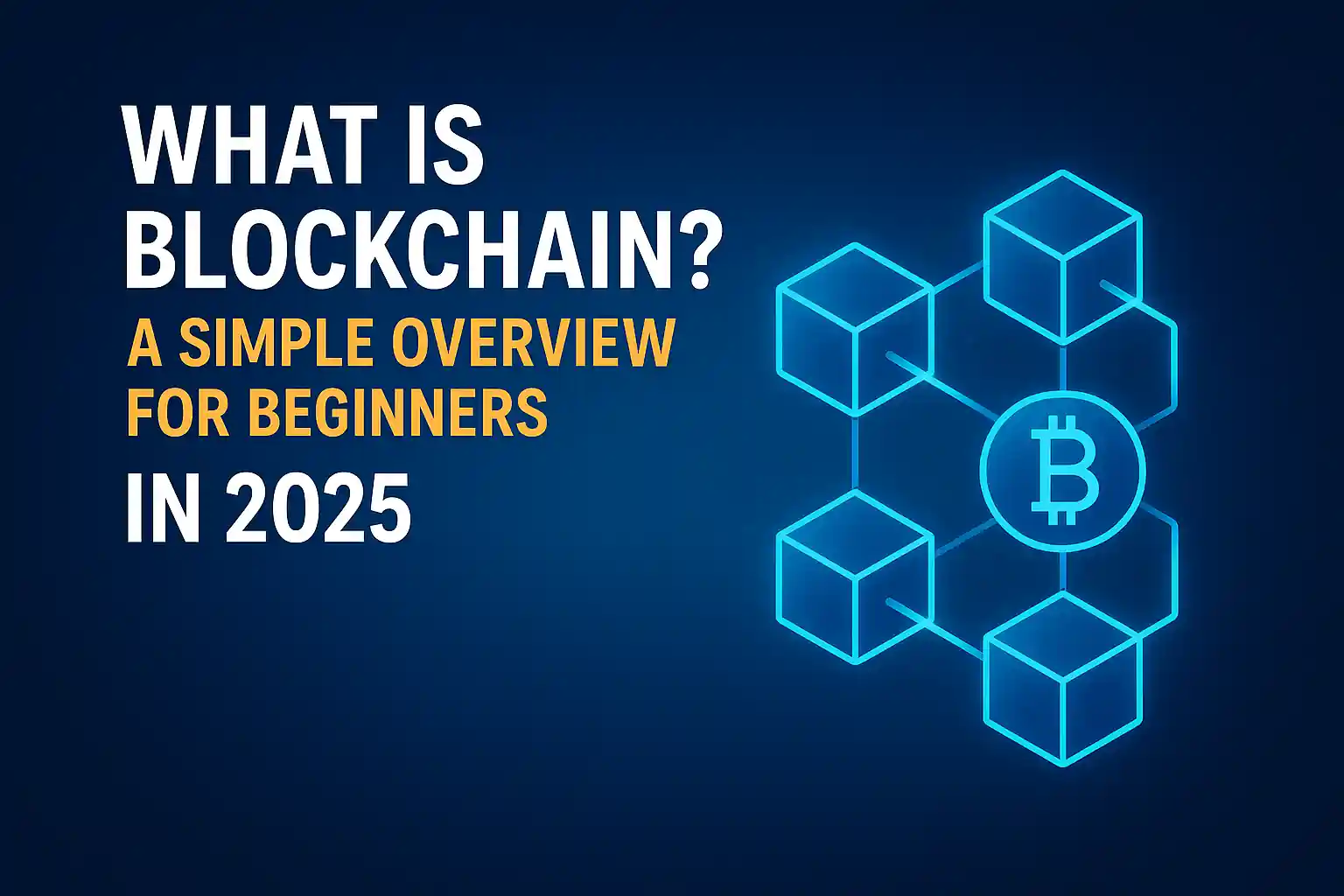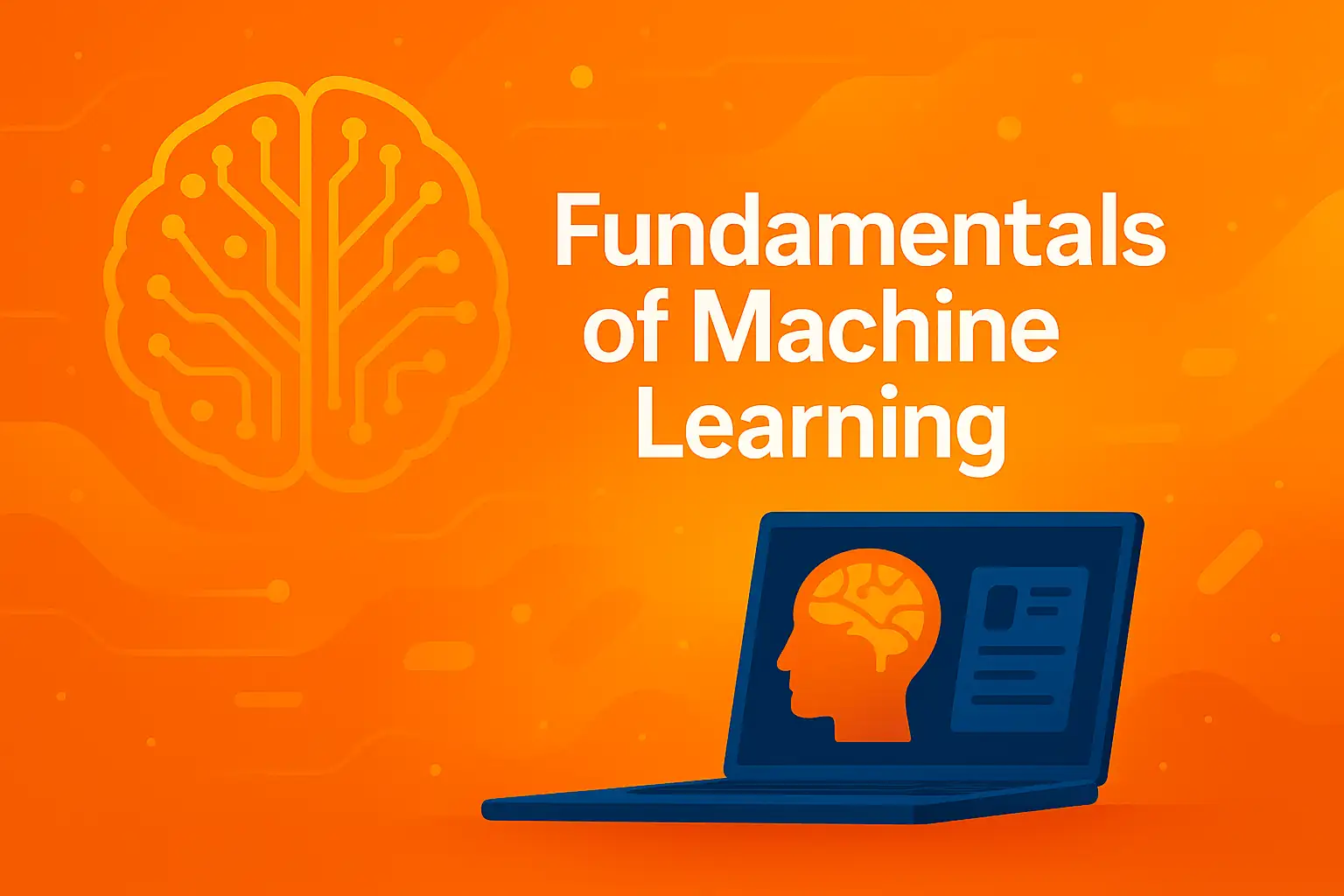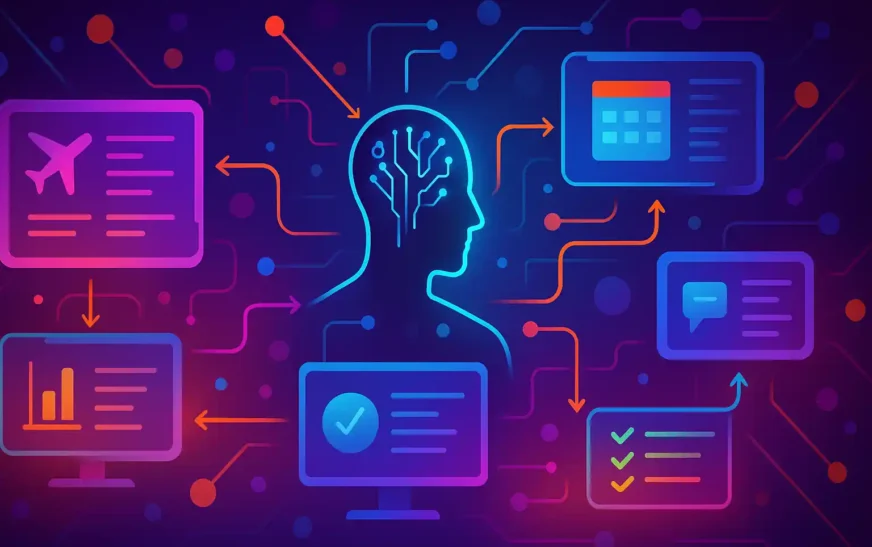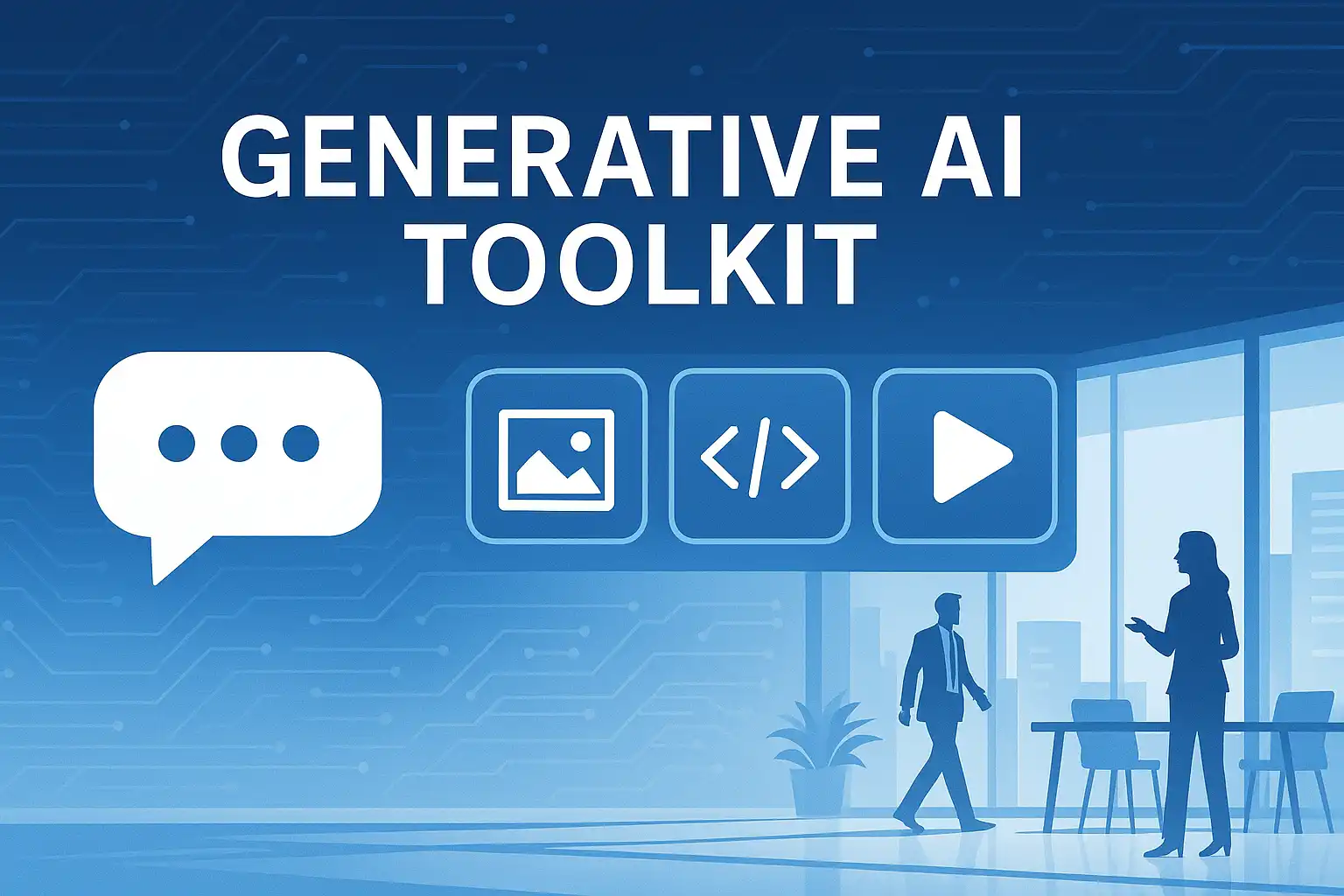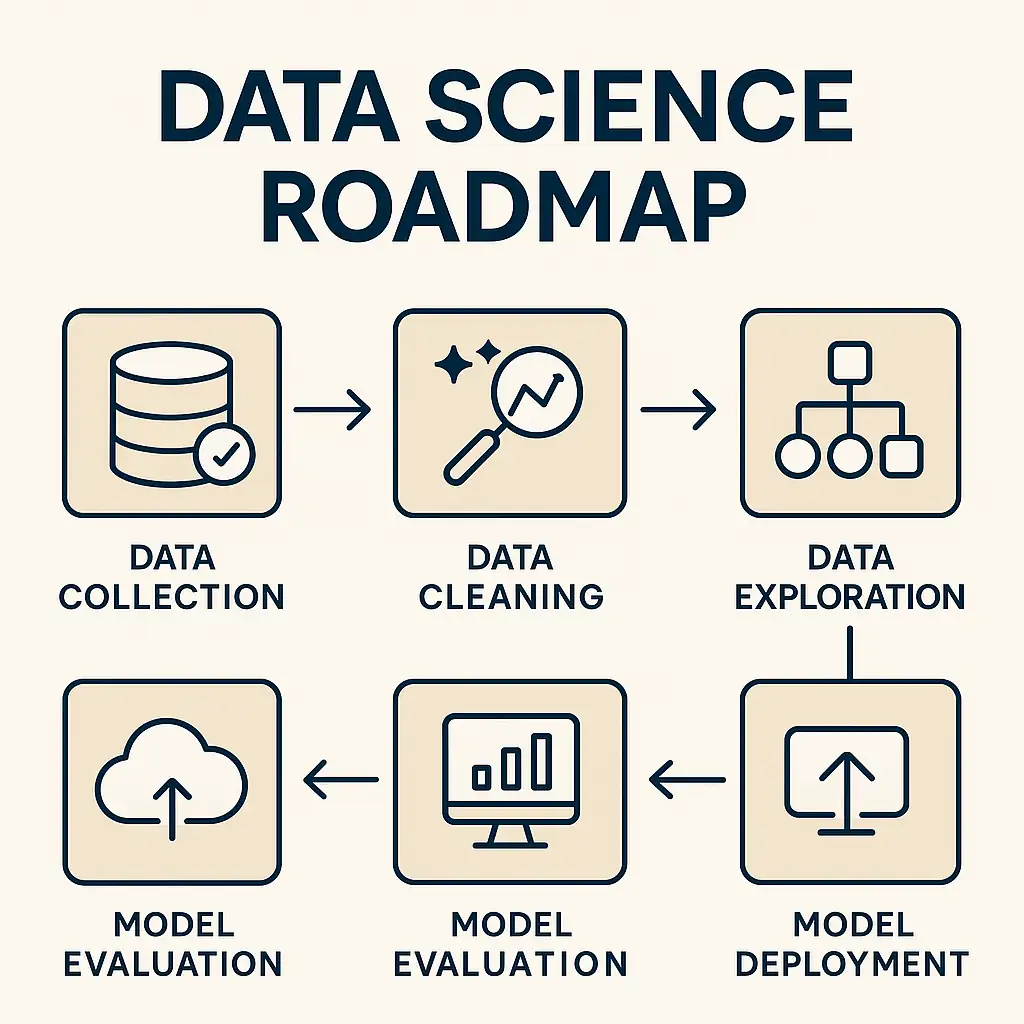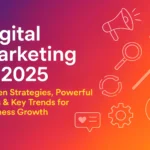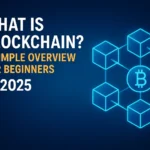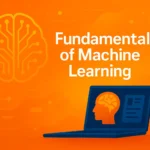Introduction
Large Language Model (LLM) technology has transformed the way we interact with machines—enabling chatbots that carry on human‑level conversations, tools that draft entire articles in seconds, and assistants that summarize complex reports at the click of a button. Whether you’re a developer prototyping a new feature, a marketer automating content creation, or an educator exploring personalized learning, understanding LLMs is now essential.
In this in‑depth guide, we’ll explore, I will walk you thru very basic
What a Large Language Model (LLM) is and how it works
10 powerful benefits you can leverage today
Key applications, challenges, and future trends
By the end, you’ll have a clear roadmap for integrating LLMs into your projects—and plenty of actionable insights to get started.
What Is a Large Language Model (LLM)?
A Large Language Model (LLM) is a deep learning system trained on massive volumes of text—often billions to trillions of words—to predict and generate coherent, contextually relevant language. Powered by the groundbreaking Transformer architecture , LLMs learn statistical relationships across words, phrases, and structures, enabling them to produce human‑like prose.
Early natural language tools relied on hand‑crafted rules or simple statistical methods. Today’s LLMs, such as GPT‑3, PaLM, and LLaMA, leverage multi‑headed self‑attention to weigh every word against every other word in a sentence—capturing nuances like tone, idiom, and intent at scale.
“I was blown away when GPT‑3 drafted my marketing email in under a minute—tone matched perfectly,” recalls Swetha, a product manager at a SaaS startup. This real‑world example shows how LLMs bridge the gap between human creativity and machine speed.
10 Powerful Benefits of LLMs
Below are ten standout advantages of integrating a Large Language Model (LLM) into your workflow. Each benefit includes a brief anecdote or example to illustrate real‑world impact.
1. Human‑Level Text Generation
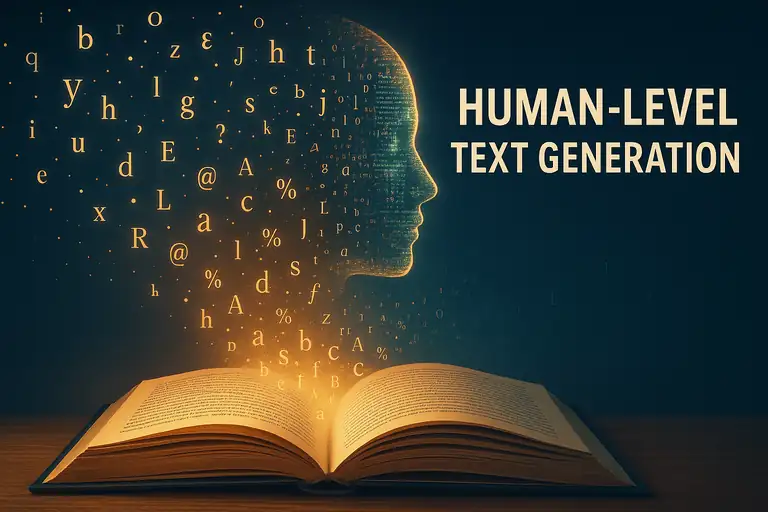
LLMs produce text so natural you might forget a machine wrote it. Whether drafting blog posts, reports, or social media captions, the output often requires only light human editing.
Real‑World Email Drafting
A sales rep saved two hours per week by auto‑generating personalized outreach emails—boosting response rates by 25%.
2. Rapid Prototyping of Content
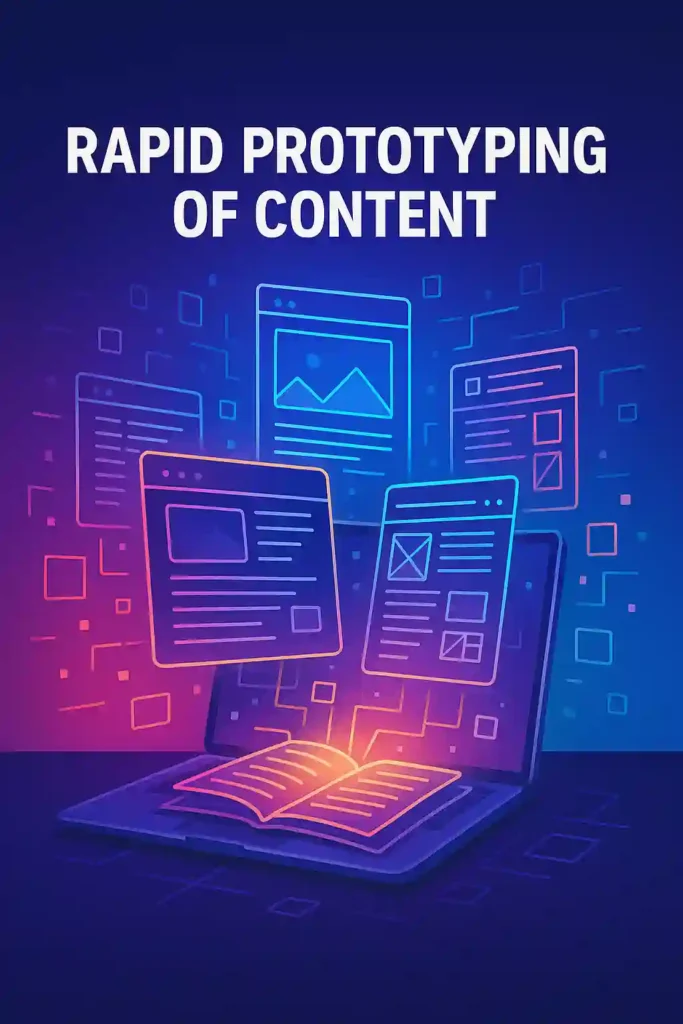
Gone are the days of staring at a blank page. With just a prompt, you can spin up outlines, summaries, or even full articles—then refine as needed.
3. Enhanced Conversational Agents
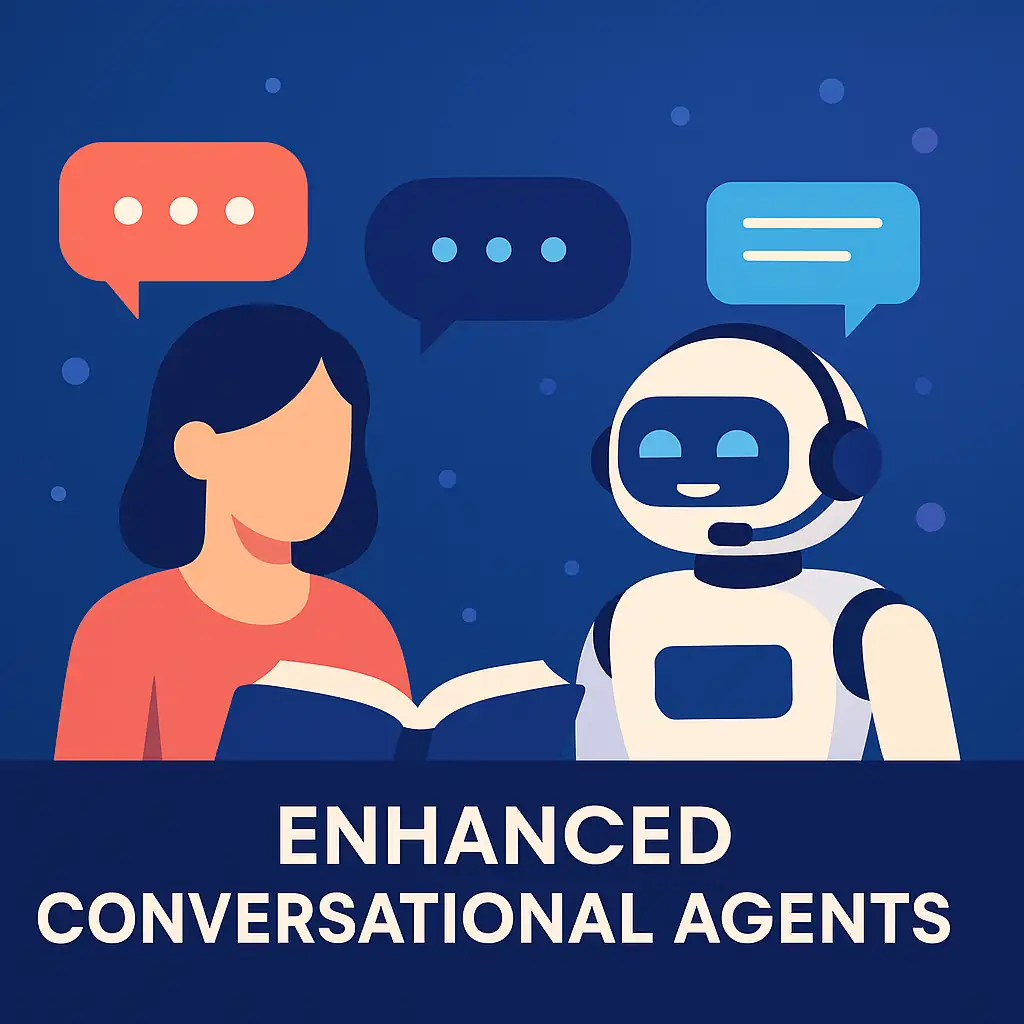
From customer support to virtual personal assistants, LLM‑powered chatbots handle complex queries, follow-ups, and even small talk—keeping users engaged and satisfied.
4. Multilingual Capabilities
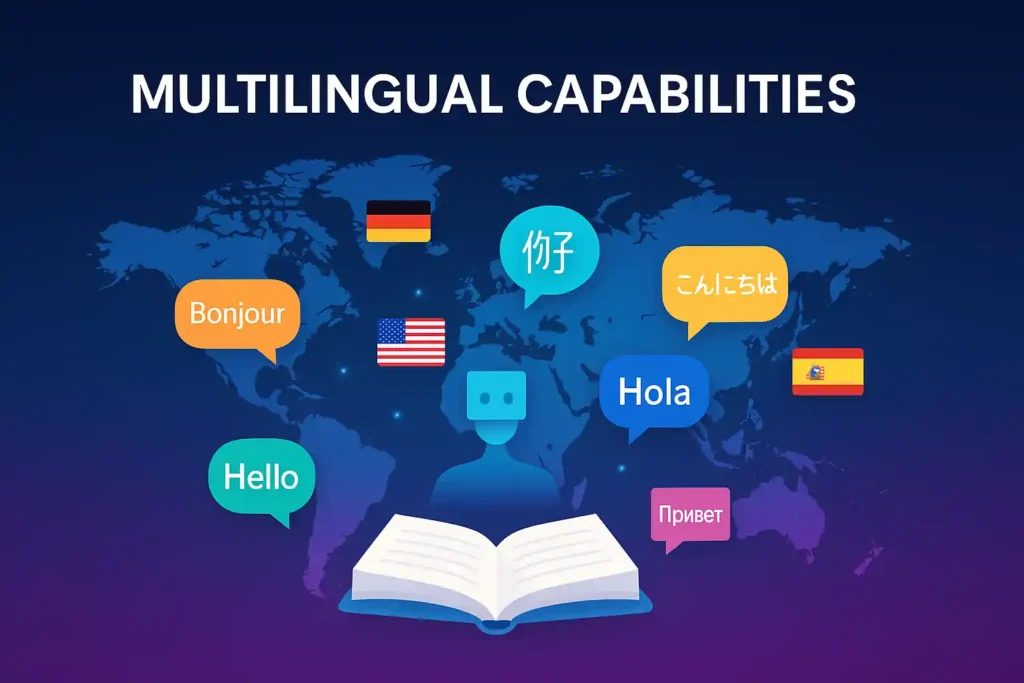
Most LLMs understand and generate text in 50+ languages. Instantly translate product copy, support docs, or training materials—without hunting for freelance translators.
5. Improved Accessibility

LLMs can convert text to simpler language, generate alt text for images, or summarize dense legal and medical documents—making information accessible to a broader audience.
6. Domain‑Specific Fine‑Tuning
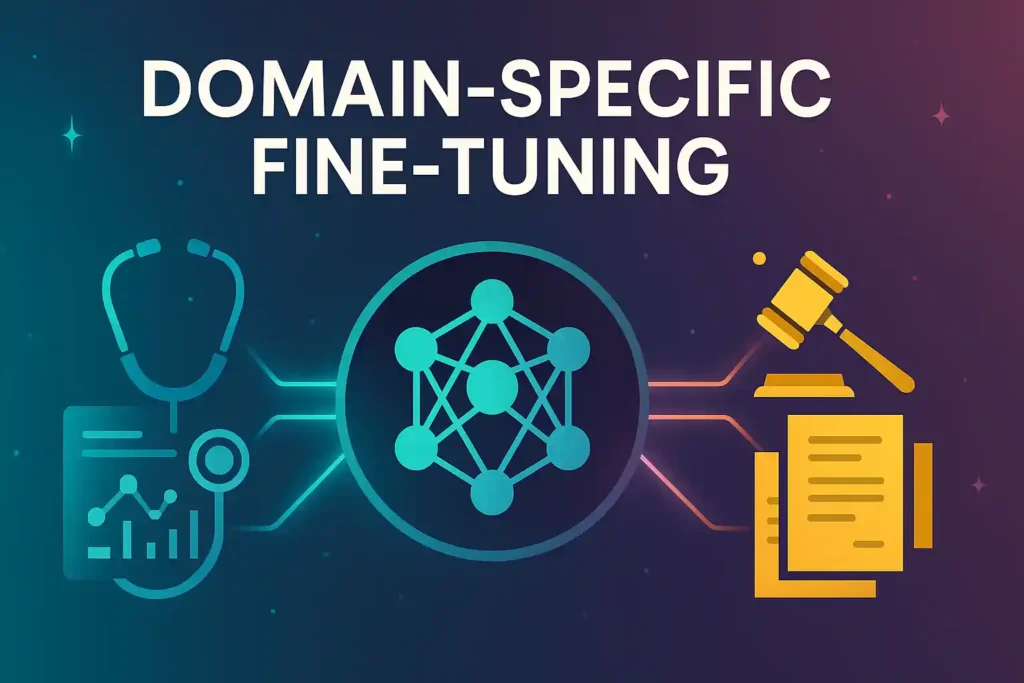
By fine‑tuning an LLM on your own data—whether legal briefs, medical journals, or product manuals—you get a specialized assistant that understands your niche vocabulary and style.
7. Data‑Driven Insights
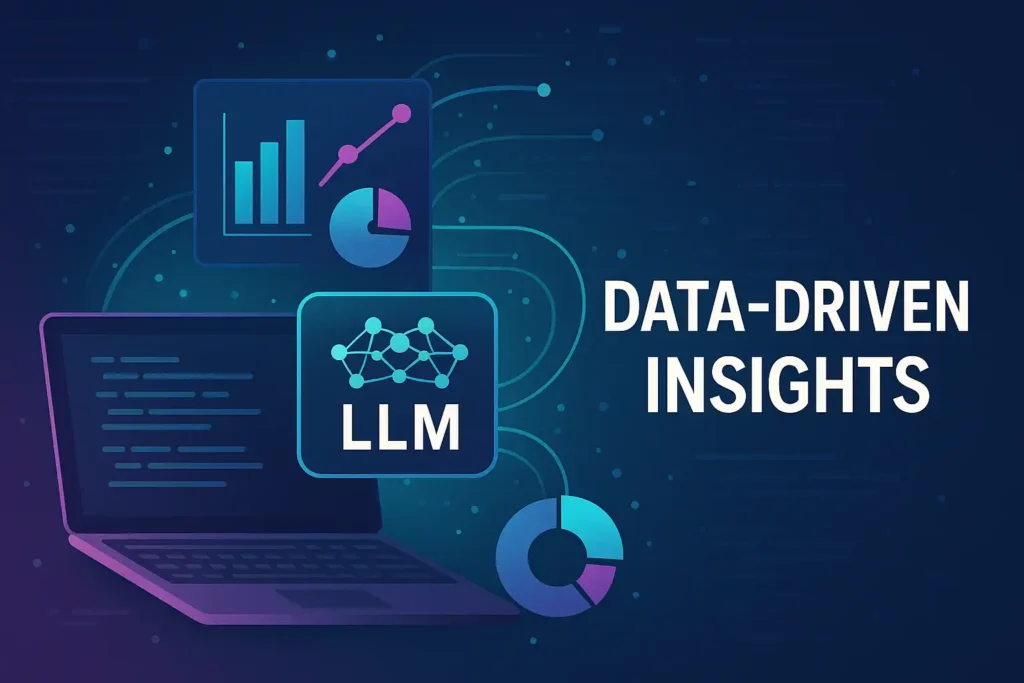
Feed an LLM your customer feedback or survey responses and let it surface key themes, trends, or sentiment—turning unstructured text into actionable intelligence.
8. Cost‑Efficient Scaling
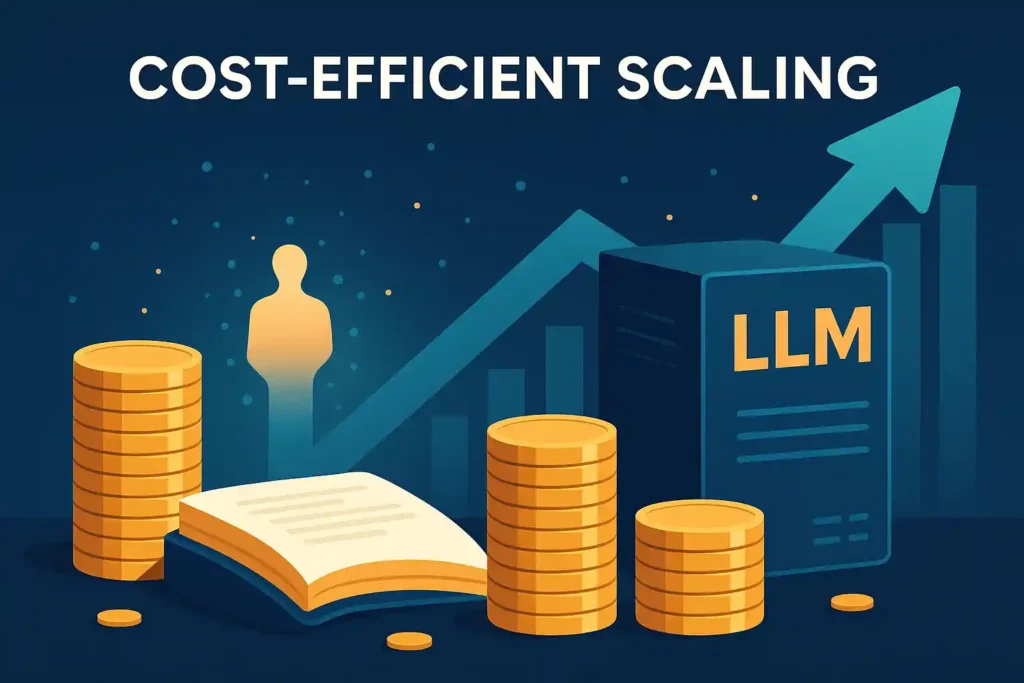
Instead of hiring a large team of writers or translators, an LLM scales with usage—keeping operational costs predictable even as your content needs grow.
9. Continuous Learning

With Reinforcement Learning from Human Feedback (RLHF), LLMs improve over time—adapting to new phrasing, correcting hallucinations, and aligning closer with user expectations.
10. Innovation Acceleration
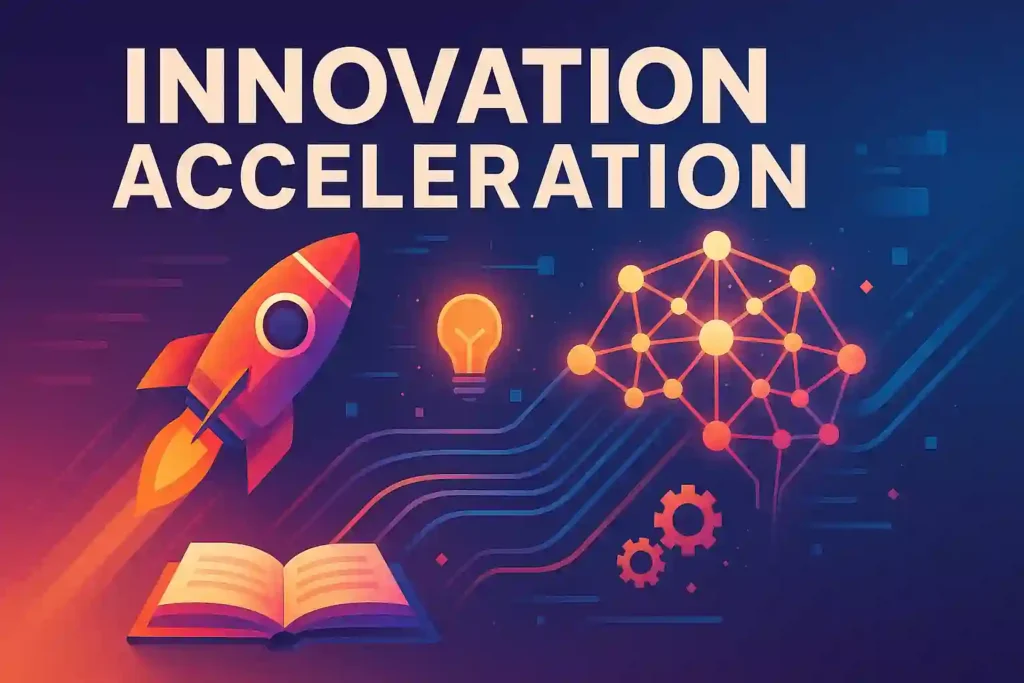
LLMs spark creativity: engineers prototype code snippets, designers brainstorm taglines, and strategists test messaging alternatives—all at machine speed.
How LLMs Work: Transformer & Self‑Attention
At the heart of every Large Language Model (LLM) lies the Transformer—a neural network architecture introduced by Google in 2017. Unlike older recurrent models, Transformers process entire sentences in parallel, using self‑attention to model relationships between all word pairs simultaneously.
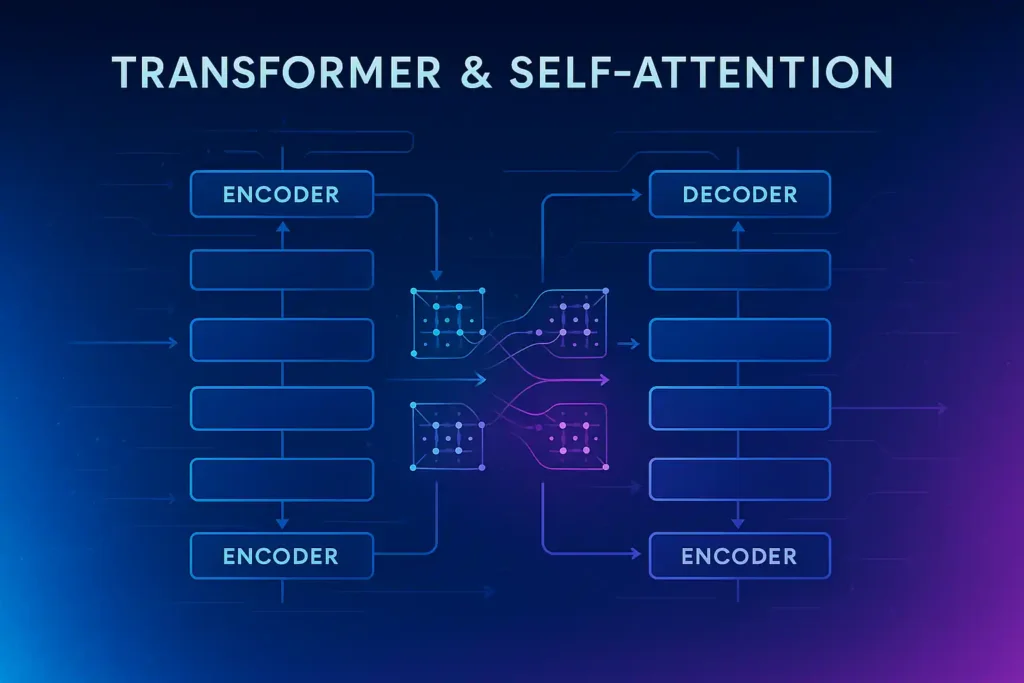
Multi‑Headed Self‑Attention: Splits input into multiple “heads,” allowing the model to focus on different positional or semantic relationships at once.
Positional Encoding: Injects order information so the model knows “The cat sat” differs from “Sat the cat.”
This parallelism drastically reduces training time on large datasets and unlocks performance that powers today’s most capable LLMs. For a deep dive, check out the Google AI Blog on Transformers (DoFollow).
Key Applications & Use Cases
LLMs shine in a variety of domains. Here are the most common scenarios:
Conversational AI & Chatbots: Automate support with 24/7 assistants that understand context, handle multi‑turn dialogues, and even upsell products.
Content Generation & Summarization: Produce articles, newsletters, and executive summaries in seconds—freeing teams to focus on strategy.
Question Answering & Retrieval: Power knowledge bases and search interfaces that return precise answers instead of document lists.
Translation & Localization: Provide real‑time translation for websites, apps, and global teams—ensuring messaging stays consistent.
Code Generation & Assistance: Tools like GitHub Copilot use LLMs to auto‑complete functions, suggest tests, and refactor code snippets.
Challenges & Ethical Considerations
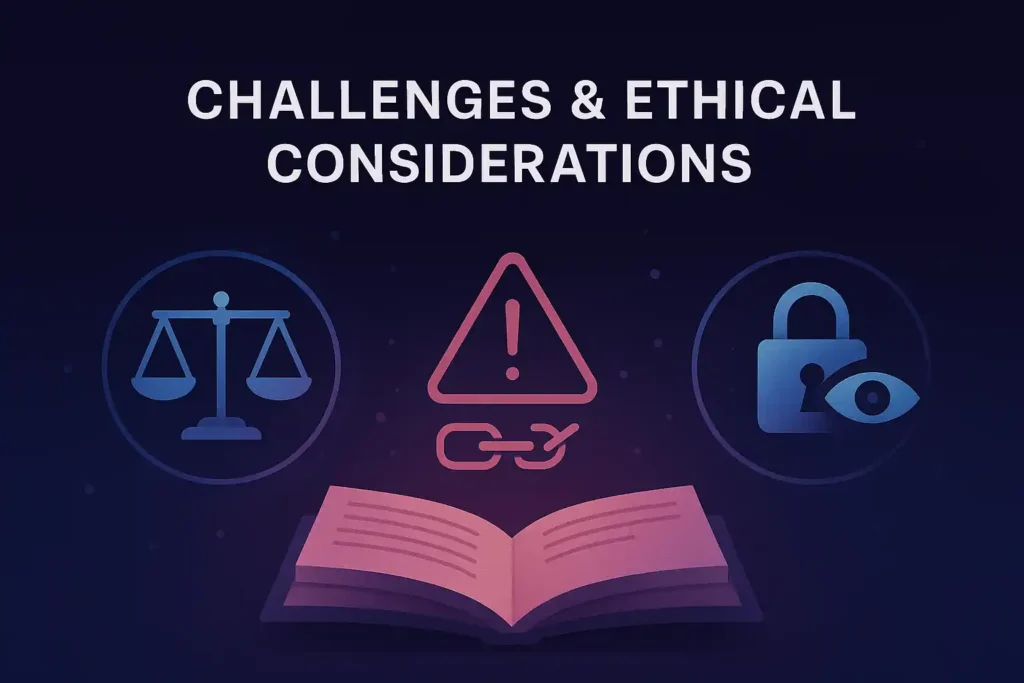
While powerful, LLMs are not without pitfalls. Responsible deployment requires understanding potential drawbacks:
1. Hallucinations & Accuracy Issues
LLMs occasionally “hallucinate”—confidently stating incorrect facts. Always fact‑check critical outputs.
2. Bias & Fairness
Training data can embed societal biases. Mitigate through data curation, bias audits, and inclusive prompts.
3. Compute, Cost & Environmental Impact
Training and serving large models consumes significant energy. Consider model distillation or smaller architectures for budget‑sensitive projects.
4. Data Privacy & Security
Uploading sensitive documents to third‑party LLM APIs can pose compliance risks. Use on‑premise or private deployments when necessary.
Future Trends in LLM Development
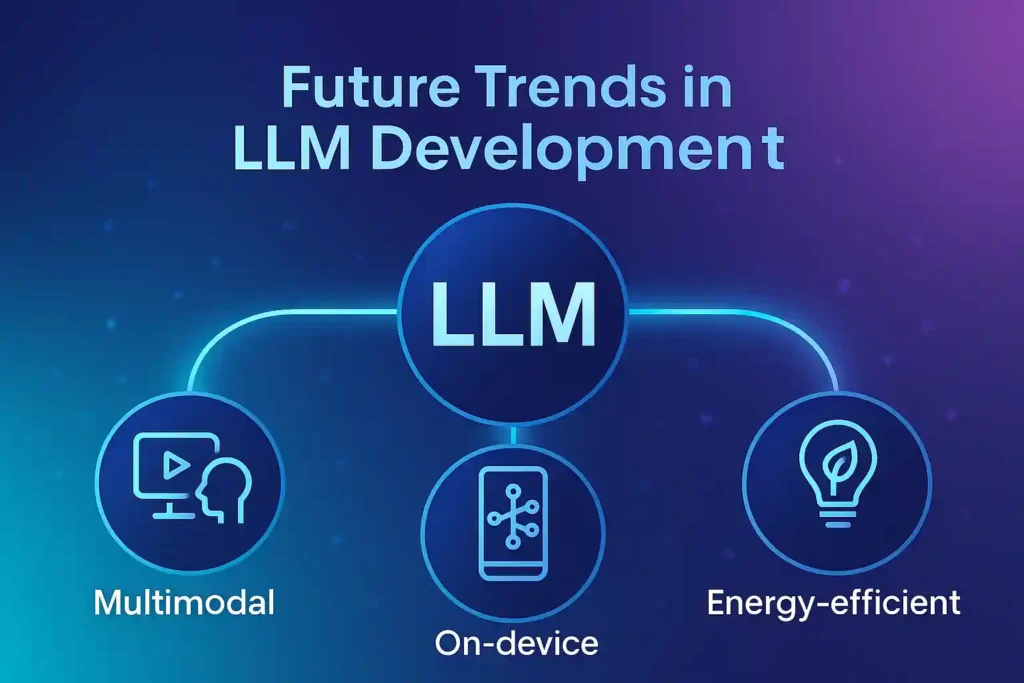
The LLM landscape continues to evolve rapidly. Watch for:
Multimodal & Vision‑Language Models
Next‑gen models will seamlessly process text, images, audio, and video—enabling richer interactions like describing photos or generating illustrations.
Model Distillation & Efficiency
Smaller distilled models retain much performance of giants like GPT‑4 while running on edge devices or smartphones—expanding reach.
On‑Device & Edge Deployment
Privacy‑sensitive applications (e.g., healthcare) will benefit from on‑device LLMs that never send data to the cloud, reducing latency and improving security.
Conclusion & Next Steps
Large Language Model (LLM) technology offers unprecedented capabilities—from automating routine writing tasks to unlocking new avenues for innovation. By understanding the core architecture, benefits, and challenges, you’re well‑equipped to choose the right LLM solution for your needs.
Ready to explore further?
Dive into our AI‑as‑a‑Service guide for deployment strategies.
Check out Best Programming Languages to Learn in 2025 to skill up for AI development.
Embrace the power of LLMs today, and stay ahead in the AI‑driven future.
Also Read
Further Reference
Frequently Asked Questions on Large Language Model (LLM)
